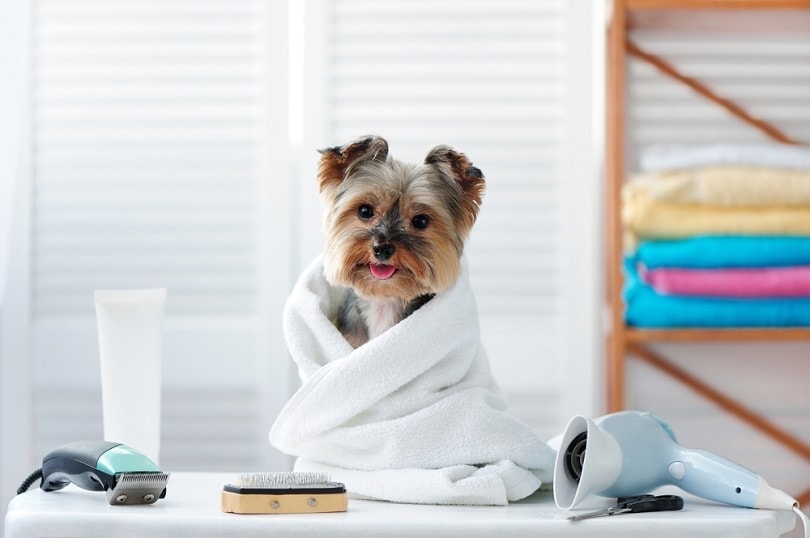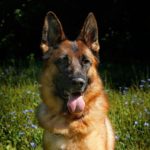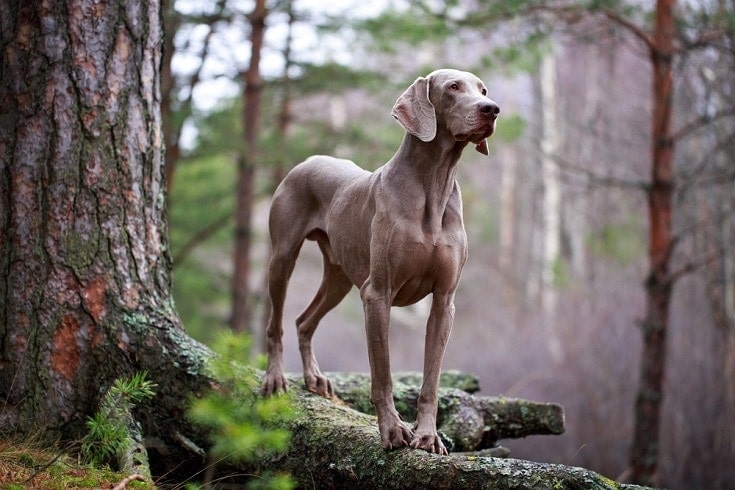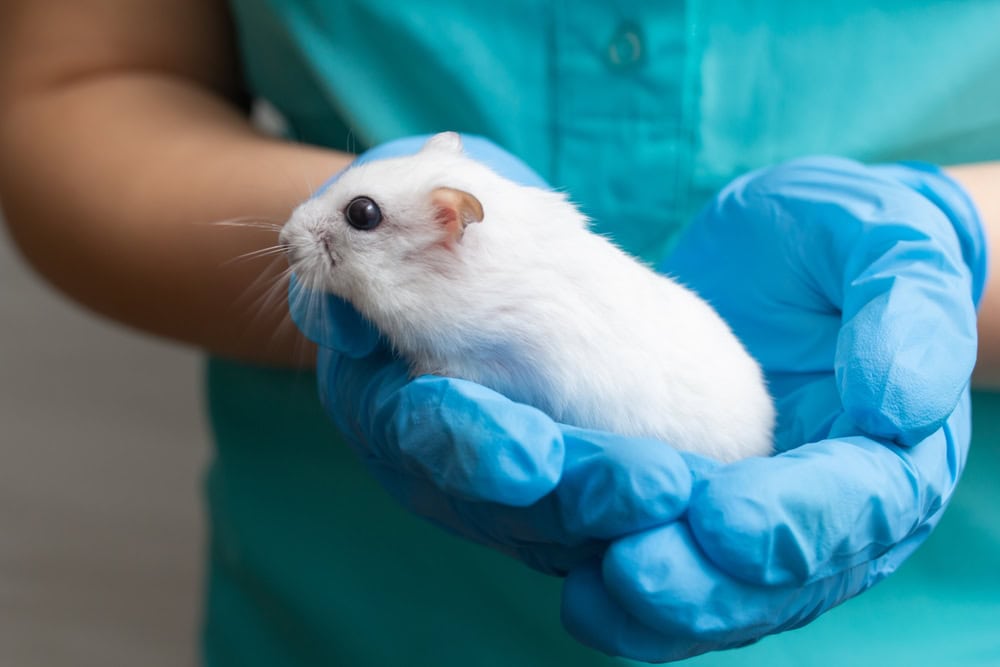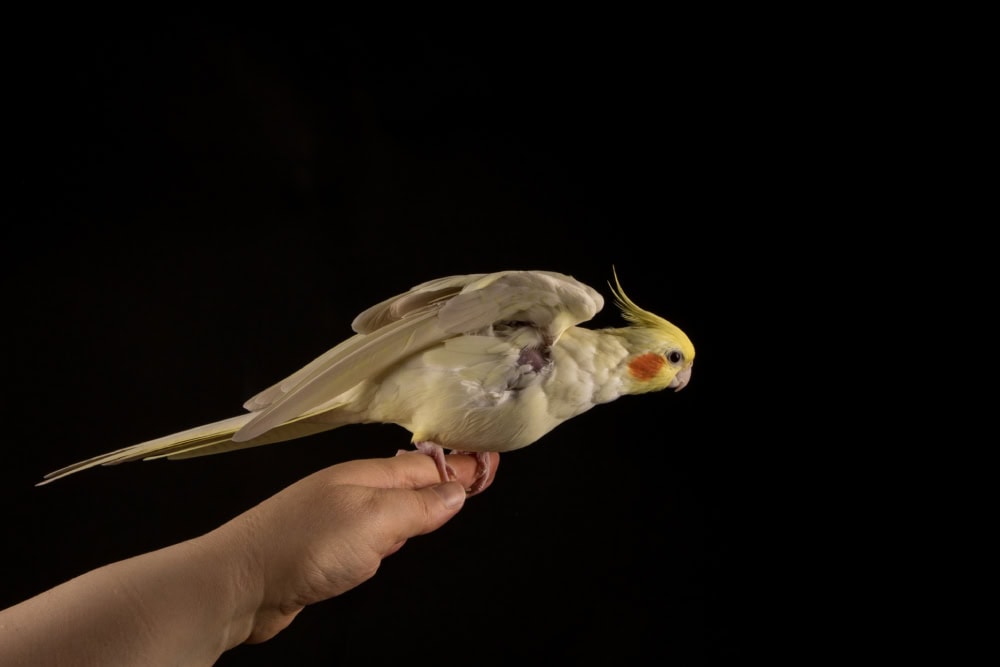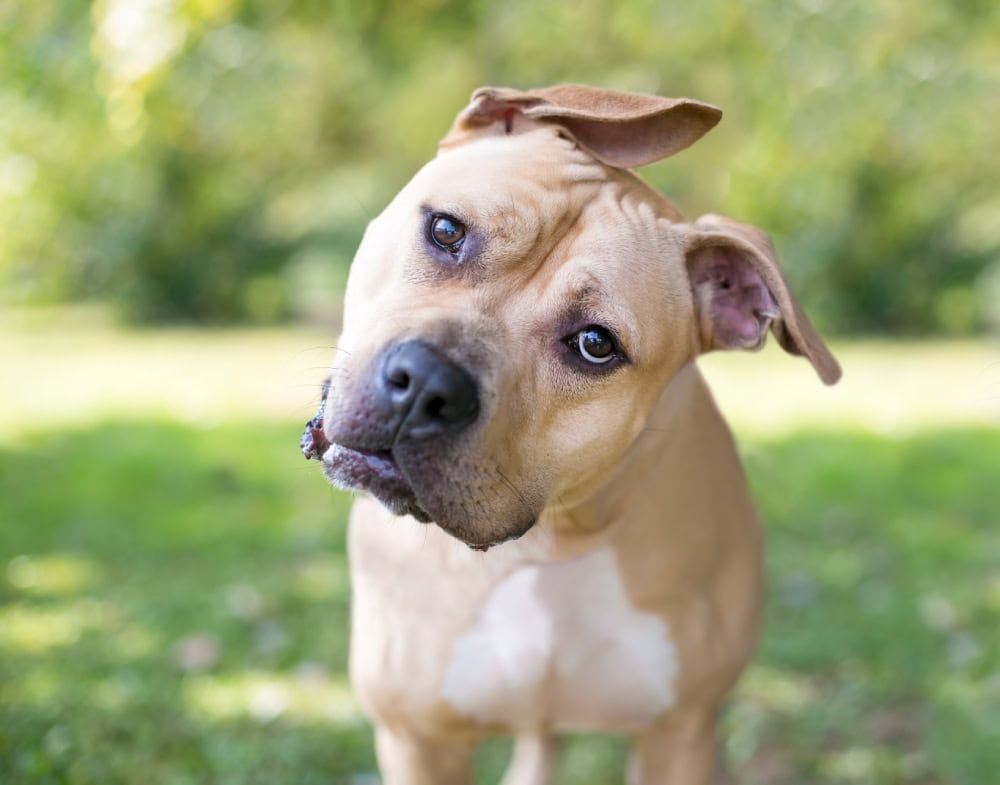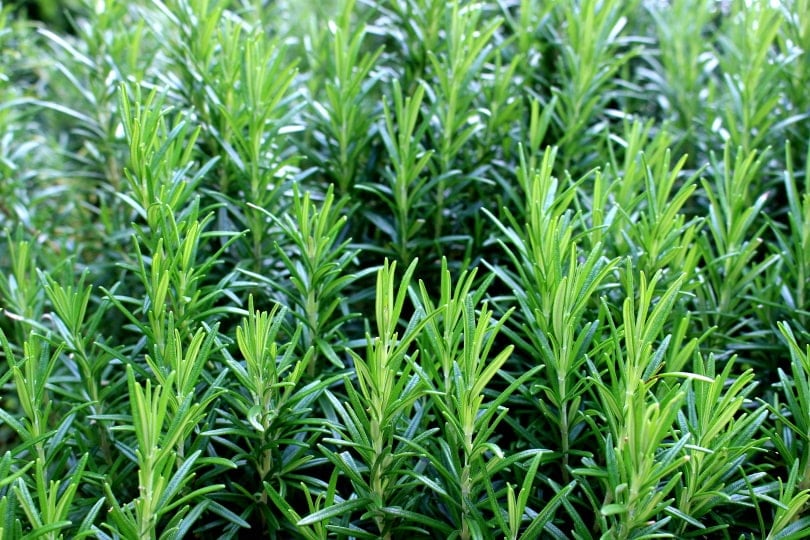VET APPROVED

The information is current and up-to-date in accordance with the latest veterinarian research.
Learn more »Click to Skip Ahead
Some dog owners love their dog’s particular smell, but they are not rushing out to go buy a “wet dog” scented candle any time soon.
Giving your dog a bath is always an adventure. Maybe you take your dog to the groomer, or maybe you like to tackle the challenge of giving your pup a bath at home. The idea of giving your dog a bath might seem like quite a daunting task, especially if your dog hates water and trembles at the mere mention of the word “bath.”
In general, a dog needs a bath around once a month or so. If your puppy is a bit on the more mischievous side and likes to get dirty, you may find yourself having to bathe your dog even more often.
Proper bathing and drying are important to keeping your dog’s skin and coat healthy. Every dog is different. Some dogs may be comfortable with a blow dryer, and others may be afraid of the noise. Making sure your dog is comfortable during the grooming process is crucial—it helps prevent anxiety, stress, or harm your dog may experience.

Why Do I Have to Dry My Dog After a Bath?
You may be thinking, isn’t it alright if I just let my dog air dry? The answer is no. Drying is as important as the bath itself. Did you know that dogs with thick or double coats can develop nasty skin conditions if the fur near their skin is left damp?
When you let your dog air dry, they become vulnerable to fungus and bacteria growing in areas like between their paw pads and armpits., If your pup has long hair, their fur can become matted and tangled if you let them air dry, especially if you let them air dry without brushing down their coat.
If you air-dry your pet, they might roll around on the carpet, floor, furniture, or on the grass. Imagine, your freshly bathed white dog rolling in the grass. Not only will this defeat the purpose of having a bath in the first place, but it will also make a mess of your floors and furniture.
There are a lot of pet shampoos on the market, but not all of them will keep your pet's skin and coat happy and healthy. The Hepper Pet Shampoo products are pH balanced and made with natural, safe ingredients like soothing oatmeal and aloe vera. Our shampoos will keep your pet clean, smelling fresh, and fully moisturized! The hardest part is deciding whether to get to traditional shampoo or the rinse-free version! Here’s a quick guide to help you choose the right option for your pet’s next bath!
Image
Product
Details
For Bathing

Hepper Colloidal Oatmeal Pet Shampoo
Check Price
For Between Baths

Hepper Waterless No Rinse Pet Shampoo
Check Price
How to Dry a Dog After a Bath in 5 Easy Steps
For most dogs, drying off is a two-step process using both towels and a blow dryer. Not all dog owners can dedicate the time to towel drying their dogs, blow drying them, and brushing them after every bath. However, here are the basic steps you should follow after bath time.
1. Start With a Towel
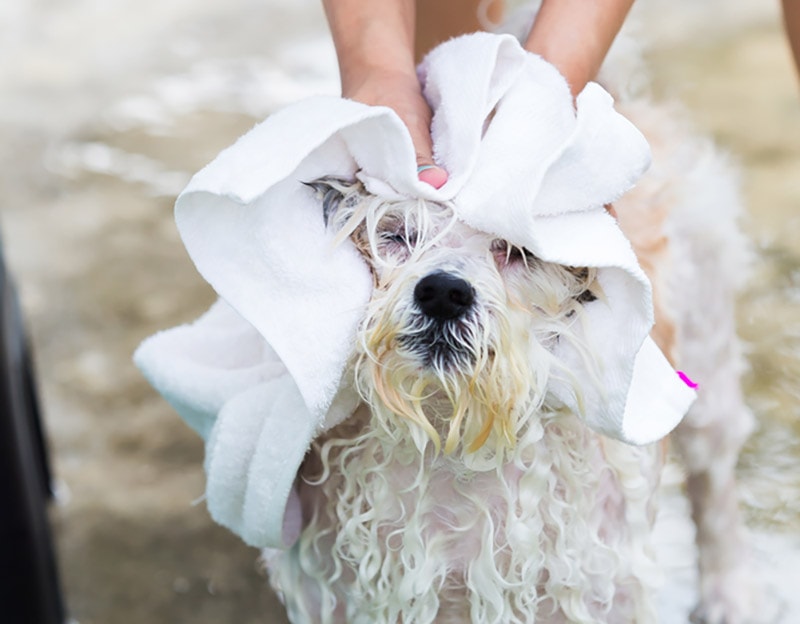
Have one towel readily available by your tub, sink, or washbasin. If your dog is large, you may need to use up to three towels. Try not to rub your pet too hard with the towel. This frantic motion only creates more tangles and mats in your lovely dog’s fur.
You should be using the squeegee method: use the towel to gently squeeze the fur and get rid of as much water as possible. Start with your dog’s head and work down to their tail, pushing out as much water and moisture as you can as you go. Start from high on your dog’s backside and work down to their belly, legs, and paws.
2. Choose the Right Dryer Setting
When drying your dog’s coat, you need to use the lowest dryer setting. You can also use the lowest heat setting with a higher airflow speed. The higher the airflow, the faster the coat will dry.
You will also want to use cool air intermittently during the drying process. This will keep you from overheating your dog. Also, keep track of your dog’s temperature. If your pup is shivering, make the air a little warmer. If your pup is panting, try to cool them down.
3. Blow Dry Your Dog’s Fur
Hold the dryer a couple of inches away from your dog’s fur. Blow-dry in small sections and work with gravity, starting from the back of the neck and moving downwards. Try to keep the airflow always moving to avoid concentrating the heat in one spot and burning your dog. You don’t want to irritate your dog’s skin by keeping the heat on one area.
One trick is keeping the airflow focused on a specific section and using steady back and forth motions. If you move the dryer in a circular motion, you run the risk of tangling your dog’s fur, especially if their fur is longer.
While brushing, we also recommend using your free hand to brush through your dog’s fur as you blow-dry. This will help remove any mats in your dog’s fur, and it will also help speed up the drying process and help you identify any potential skin problems.
4. Don’t Forget After-Bath Brushing
If your pup has short fur, you may be able to use your hand as a brush. Brushing your dog after a bath will help remove any loose hair while also detangling their coat. As you get more comfortable with blow-drying your dog, you can incorporate more brushing to save time, but it takes practice.
5. Drying Your Dog’s Face and Head
When you dry your dog’s face, it is more pleasant if you use a towel. While blow-drying might be faster in the long run, it may not be too enjoyable to your pet. It’s less stressful to your dog when you use a towel to dry sensitive areas.

Final Thoughts
Introducing your dog to grooming should be a gradual process. If you introduce your dog to one step at a time and slowly increase the amount of time your dog spends under the dryer, your dog will eventually become used to the sensations and noises.
Some dogs, no matter how often you bathe and groom them, will put up an incredible fight and will never be comfortable around an air dryer. In that case, try to towel dry your pet as much as humanly possible. Pet drying robes are available so you can let them run around with their coat on to finish the drying process.
Bath time and drying your dog should not be complicated. With a little hard work and elbow grease, your dog will be dry in no time.
See Also:
- Bath & Body Works Candles – Are they Safe for Dogs?
- How to Give a Dog a Bath That Hates Baths in 8 Vet-Approved Steps
Featured Image Credit: Kasefoto, Shutterstock
How useful was this post?
Click on a star to rate (you can leave written feedback after clicking submit)
Help us improve Hepper for pet parents!
Your feedback really matters.
What did you like about this post? Also how can we improve it?








